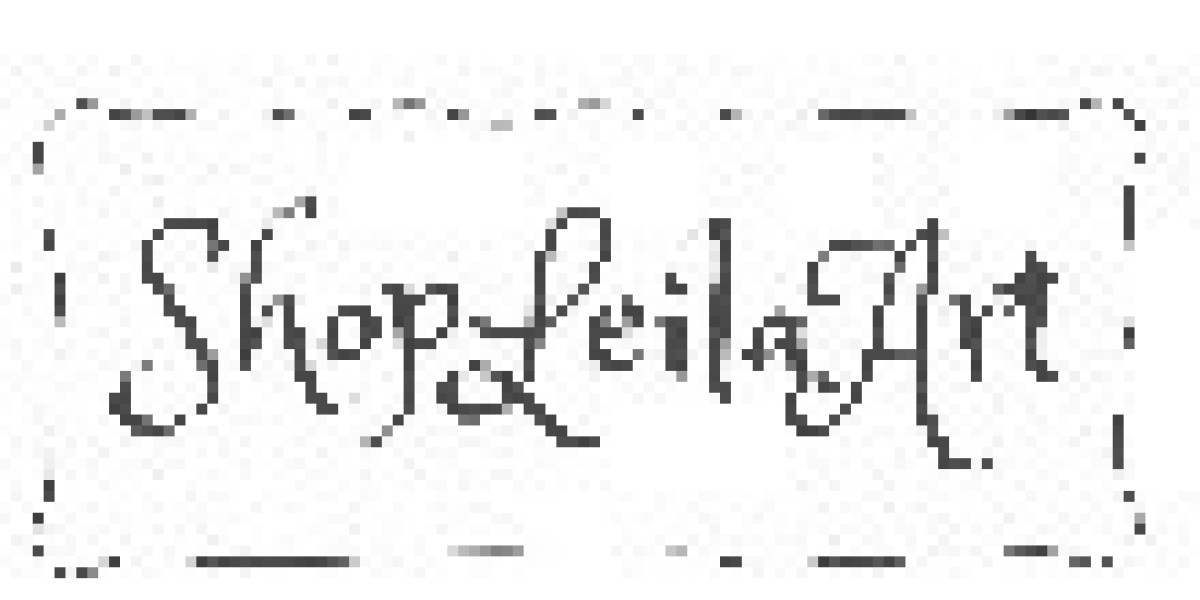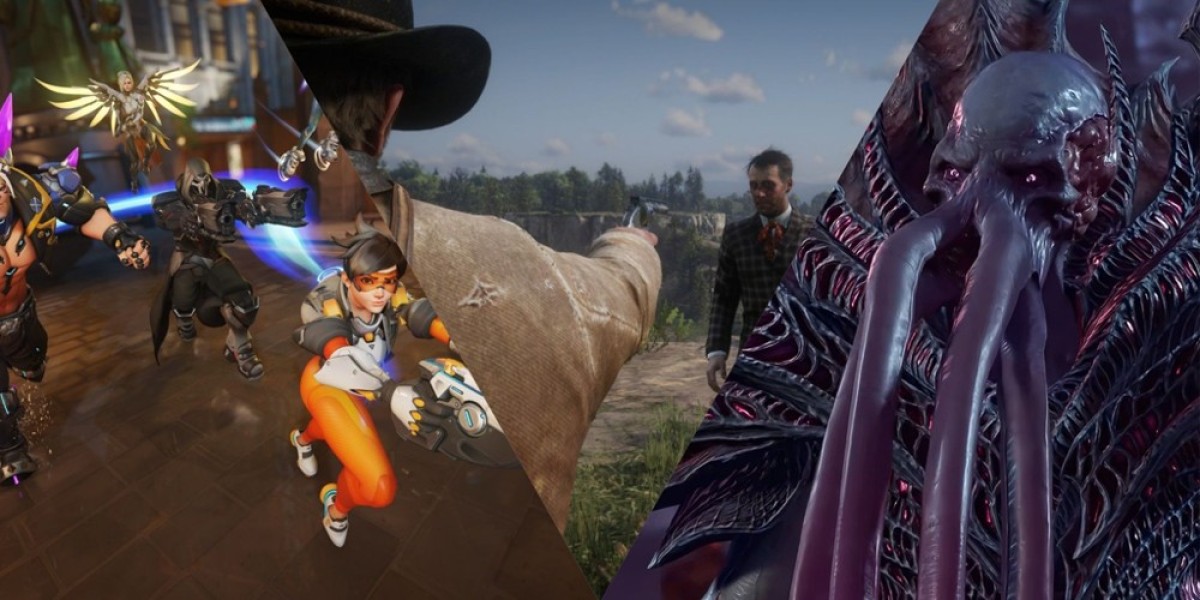The rise of artificial intelligence has opened up numerous possibilities in communication, especially when it comes to building chatbots. If you're looking to create a custom AI chatbot, whether for personal use or business purposes, the process can be both straightforward and rewarding. In this post, I will walk you through the steps of how to create a custom AI chatbot, covering everything from initial design to deployment.
By the end of this post, you will have a clear understanding of the process and the tools you need to get started.
Why Create a Custom AI Chatbot?
Before we jump into how to create a custom AI chatbot, it’s important to understand why building a custom solution might be right for you. While there are many pre-built chatbots out there, creating your own gives you several advantages:
Tailored Experience: Custom chatbots can be designed to suit your specific needs, offering a unique experience for your users.
Control: You have complete control over the chatbot's functionality, features, and behavior.
Flexibility: With a custom solution, you can easily update and modify the chatbot as your needs evolve.
Branding: You can make sure the chatbot aligns with your brand's tone and personality.
Whether you want a chatbot to answer customer queries, assist with e-commerce transactions, or create something more specialized, like a NSFW AI chatbot, the possibilities are limitless when you build your own.
Define Your Chatbot’s Purpose
The first step in how to create a custom AI chatbot is to clearly define its purpose. What exactly do you want the chatbot to do? Defining its purpose will guide every decision you make moving forward, from selecting the platform to designing the conversation flow.
Here are a few questions to help you define your chatbot’s purpose:
Who will use it? Consider whether your audience will be customers, website visitors, or employees.
What tasks should it handle? Will it answer frequently asked questions, help with navigation, assist in making purchases, or engage in more complex conversations?
What is the desired outcome? Do you want to improve customer service, collect leads, or simply entertain users?
For example, if you are interested in creating a custom AI chatbot for entertainment or adult content, you may want to explore options like an AI porn video generator or an adult AI chatbot that responds to user inputs in an adult-themed context.
Choose the Right Tools and Platform
Once you have a clear idea of your chatbot’s purpose, the next step in how to create a custom AI chatbot is selecting the right tools and platform. Several platforms allow you to build custom chatbots, some without requiring any coding skills, while others give you the flexibility to customize every aspect.
Here are some popular tools you can use to create a custom AI chatbot:
Dialogflow (by Google): This platform is ideal for beginners and advanced users alike. It uses natural language processing (NLP) to understand and respond to user inputs.
Rasa: An open-source framework, perfect for building sophisticated and highly customized chatbots. It’s a great choice if you’re comfortable with coding.
Botpress: A developer-focused, open-source platform for creating complex and feature-rich chatbots.
TARS: Known for its simplicity, TARS allows you to create chatbots using a drag-and-drop interface. It’s a good option if you're looking for a no-code solution.
ManyChat: A popular platform for creating chatbots on social media platforms like Facebook Messenger.
Each of these platforms offers different features and flexibility, so your choice will depend on how customized and sophisticated you want your chatbot to be.
Design the Conversation Flow
The next crucial step in how to create a custom AI chatbot is to design the chatbot’s conversation flow. The conversation flow dictates how the bot will interact with users and respond to their inputs. The key to a good chatbot is to ensure it feels natural and flows smoothly.
To start designing your chatbot’s conversation, consider the following:
Create Intents: An intent represents the user’s goal. For example, a user might ask, “What are your business hours?” The intent here is to get information about the hours of operation.
Identify Entities: Entities are specific pieces of information that the bot can extract from the user input. In the above example, the entity could be the time or date.
Add Responses: Once you’ve defined the intents and entities, you can set up responses for each scenario. These responses can be static (predefined) or dynamic (retrieved from a database).
By designing the conversation flow, you're setting the foundation for how the chatbot will interact with users. Consider using flowchart tools or chatbot-building software with visual interfaces to make this process easier.
Train Your Custom AI Chatbot
Training your custom AI chatbot is where the magic happens. During this stage, the chatbot learns how to understand and respond to user queries. To do this, you need to provide it with training data in the form of example user inputs and corresponding responses.
Here’s how you can train your chatbot:
Input Training Data: For each intent, provide several variations of user inputs. This helps the bot learn to recognize different ways of asking the same question.
Teach It Context: If your chatbot will handle multiple turns in a conversation, you need to ensure it can maintain context across multiple messages. For example, if a user asks for the weather and then asks about nearby restaurants, the bot should remember the location from the first question.
Test and Refine: After you train your bot, test it with real users to see how well it performs. If it struggles with certain questions, add more training data or adjust the conversation flow.
The better the training data, the smarter your chatbot will become.
Integrate Your Chatbot into Platforms
After building and training your custom AI chatbot, the next step is to integrate it into the platform where you want it to function. Whether it’s a website, social media, or a messaging app, this is an essential part of the process.
For example, if you’re building a chatbot for an e-commerce website, you might want it integrated into your website’s live chat feature. Or, if you’re creating an NSFW AI chatbot, you may want it to be integrated with specific platforms where adult content is allowed.
Popular integrations include:
Websites: Most chatbot platforms offer an easy way to add your bot to your site using an embed code.
Social Media Platforms: Tools like ManyChat allow you to integrate chatbots with Facebook Messenger, Instagram, or WhatsApp.
Mobile Apps: You can use APIs to integrate the chatbot into iOS or Android apps.
Make sure you choose the right platform where your audience is most likely to engage with your chatbot.
Monitor and Optimize Your Custom AI Chatbot
Creating a custom AI chatbot is just the beginning. To ensure that it remains useful and effective, you’ll need to monitor its performance and make ongoing improvements.
Here are some things to focus on:
User Feedback: Regularly collect feedback from users to see how they feel about the chatbot’s performance. You can also use analytics tools to track engagement and satisfaction.
Fix Unanswered Questions: Review conversations where the bot failed to provide satisfactory answers. Add more training data to cover these gaps.
Enhance Features: If your chatbot is serving a specific purpose, such as an adult AI chatbot, you may want to add more complex features over time, such as multimedia support or advanced conversation paths.
Create AI Chatbots for Niche Applications
One of the benefits of learning how to create a custom AI chatbot is the ability to explore niche applications. For example, some developers are interested in creating chatbots designed for adult-themed interactions, such as an AI porn generator or a chatbot that provides adult-themed conversations in a respectful, consensual environment.
Platforms like Rasa or Dialogflow can be used to create these types of chatbots, but keep in mind that adult content often comes with stricter guidelines and compliance regulations. However, building custom chatbots gives you the flexibility to tailor your AI chatbot to your audience and ensure it meets specific needs.
Conclusion
Building a custom AI chatbot offers a world of possibilities, whether you’re enhancing customer service, creating engaging conversations, or venturing into more unique areas like an NSFW AI chatbot or an AI video generator. The process can be both rewarding and fun, allowing you to customize everything from the conversation flow to the platform integrations.
By following the steps outlined here, you can create a chatbot that not only meets your specific needs but also improves over time as it learns from real user interactions. With the right tools and ongoing optimization, your custom AI chatbot will become a valuable asset for whatever purpose you have in mind.







